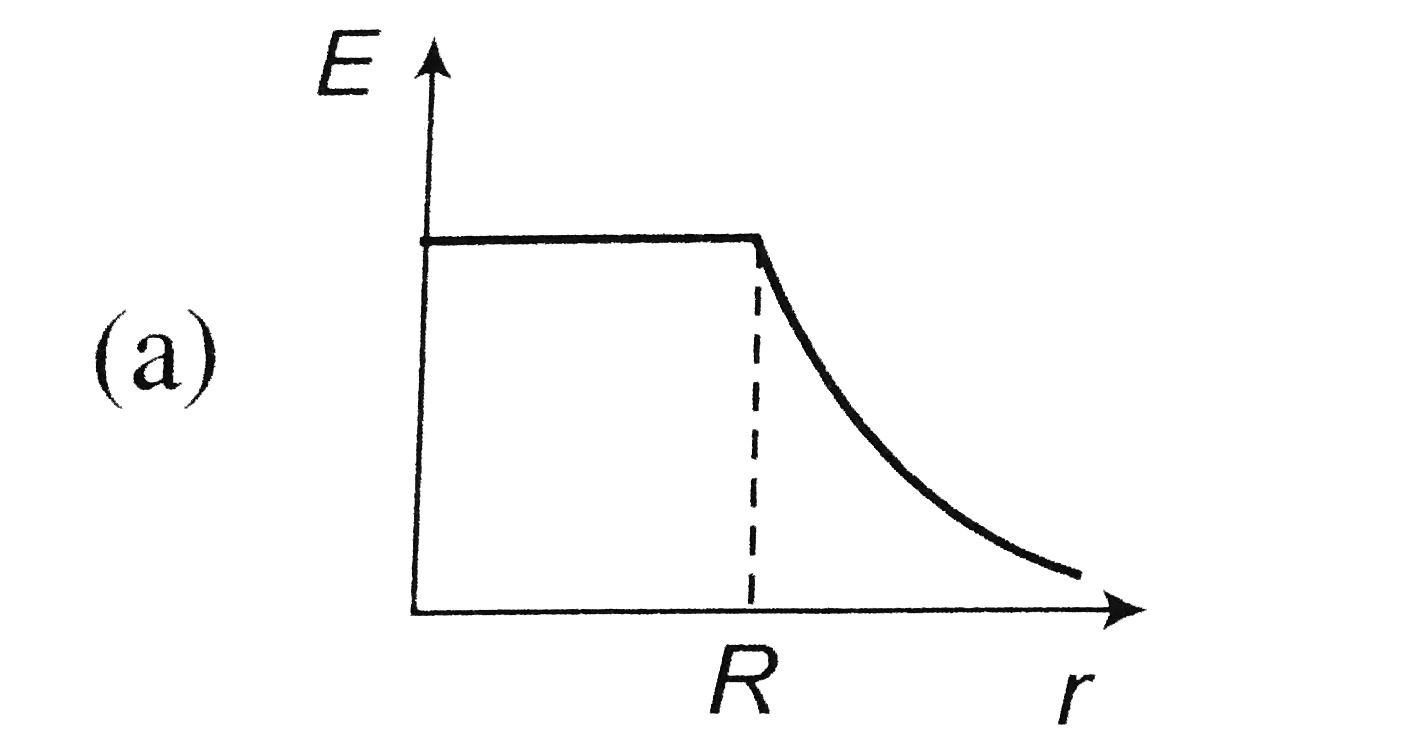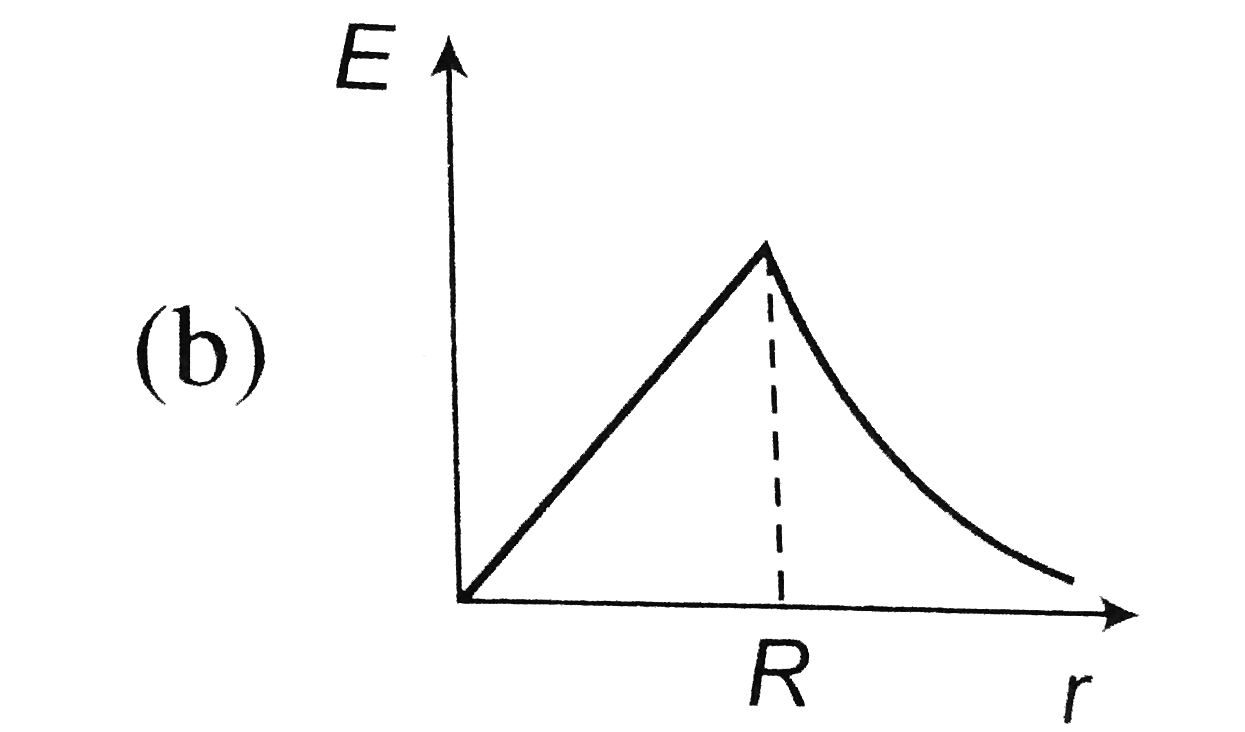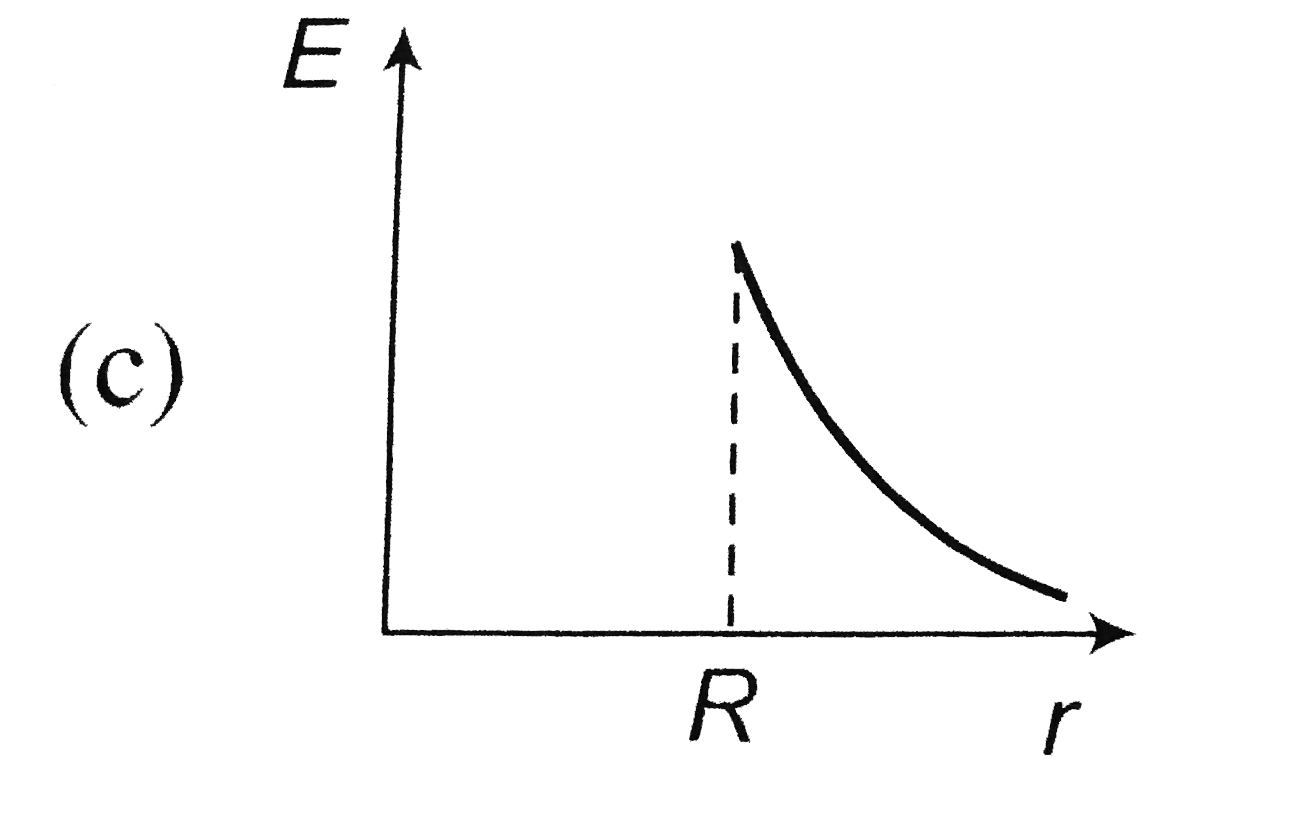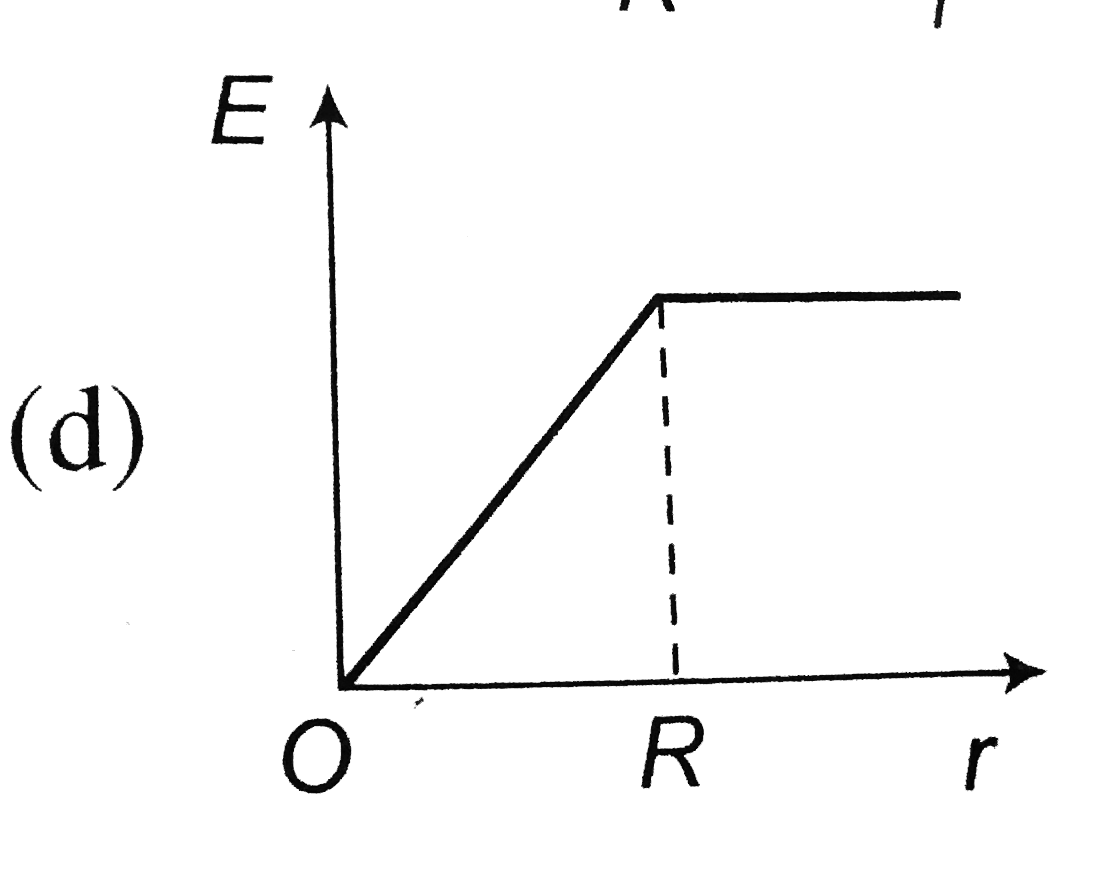The electric intensity due to a uniformly charged infinite cylinder of radius R , at a distance r(>R) , from its axis is proportional to
1r
1r2
1r3
r3
The correct Answer is:A
Step by step video, text & image solution for The electric intensity due to a uniformly charged infinite cylinder of radius R , at a distance r(gt R) , from its axis is proportional to by Physics experts to help you in doubts & scoring excellent marks in Class 12 exams.
Topper's Solved these Questions
- BOOK - NIKITA PUBLICATIONCHAPTER - MCQS FROM BOARD EXAMEXERCISE - CURRENT ELECTRICITY5videos
MCQS FROM BOARD EXAM
- BOOK - NIKITA PUBLICATIONCHAPTER - MCQS FROM BOARD EXAMEXERCISE - MAGNETIC EFFECTS OF ELECTRIC CURRENT4videos
MCQS FROM BOARD EXAM
- BOOK - NIKITA PUBLICATIONCHAPTER - MCQS FROM BOARD EXAMEXERCISE - INTERFERENCE AND DIFFRACTION7videos
MCQS FROM BOARD EXAM
- BOOK - NIKITA PUBLICATIONCHAPTER - MAGNETISM EXERCISE - MCQs249videos
MAGNETISM
- BOOK - NIKITA PUBLICATIONCHAPTER - MH-CET - 2017 EXERCISE - CUMMUNICATION SYSTEMS1videos
MH-CET - 2017
Similar Questions
The maximum electric field intensity on the axis of a uniformly charged ring of charge q and radius R is at a distance x from the centre of the ring.The value of x is
View SolutionThe electrostatic potential of a uniformly charged thin spherical shell of charge Q and radius R at a distance r from the centre
View Solution
Knowledge Check
- Question 1 - Select One
The electric intensity due to a charged conducting cylinder of radius 0.1 m at a distance of 1 m from the axis of the cylinder of charge density 1.77μC/m in a dielectric medium of dielectric constant 2 is
A2×105V/mB1.5×104V/mC2.59×105V/mD4×105V/m - Question 2 - Select One
The electric field due to a dipole at a distance r from its centre is proportional to
A1r3Br3Cr2D1r2 - Question 3 - Select One
The electric field due to uniformly charged sphere of radius R as a function of the distance from its centre is represented graphically by
A B
B C
C D
D
A space charge of density ρ is uniformly distributed in an infinitely long cylinder of radius R Then, for any point at distance r from the axis (relative permittivity = 1)
View SolutionThe electric intensity of outside a charged sphere of radius R at a distance r(r>R) is
View Solution→E due to uniformly charged sphere of radius R as a function of distance from its centre is represented by:
View Solution→E due to uniformly charged sphere of radius R as a function of distance from its centre is represented by
View SolutionThe electric field at a distance r from a long wire having charge per unit length λ is
View Solution

